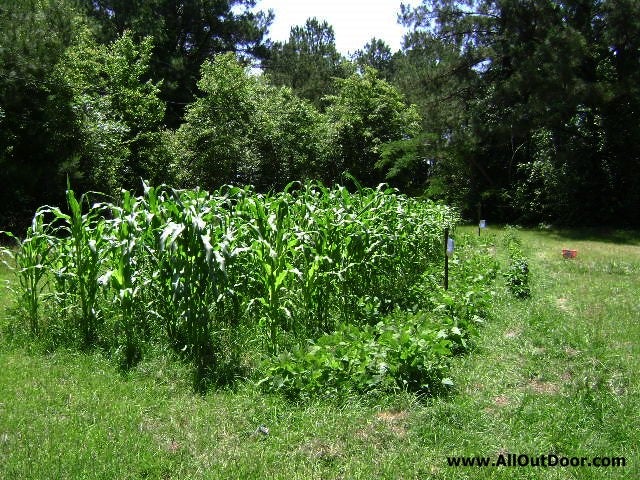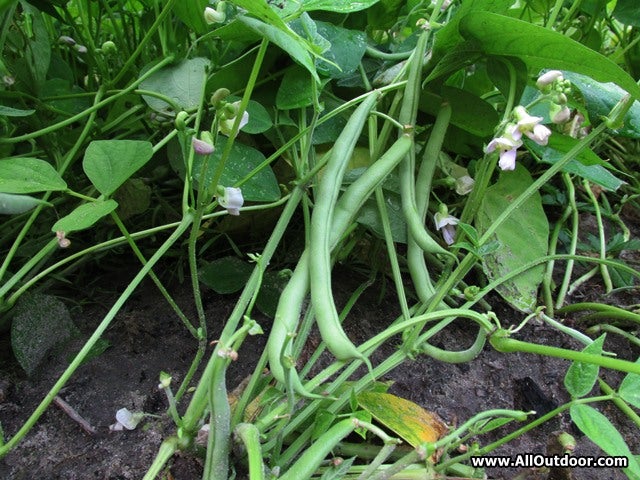Three Seeds Every Survivalist Should Stockpile
Kevin Felts 06.29.18

Developing a seed stockpile but not sure of which seeds to focus on? Rather than buying various seeds here and there, wouldn’t it be nice to have an idea what seeds would be best to stockpile?
In this article, we are going to talk about three seeds, which have served humanity well. Chances are the reader’s grandparents or great grandparents were raised on them.
To simplify things, we are going to look at bean seeds. There are so many wonderful things about beans, so there’s no reason not to stockpile them in bulk. In bulk means to buy the seeds by the pound, rather than the ounce.
Contender Snap Bean
This is an old time favorite that people generations ago grew in bulk. Chances are the reader has seen contender snap beans at the grocery store and did not realize it.
Contender Snap Beans are a round bean that is harvested before the beans inside the husk mature. The ends are snapped off, the pod boiled, then eaten whole. Eating the pod provides various nutrients which eating just the bean does not.
Contender Snap Beans are also excellent for canning. Their round body shape makes them uniform and easy to fill a jar with.
Roma II Snap Bean
Right there next to the contender snap bean is the Roma II snap bean. The pod of the Roma II is slightly larger than the contender, and somewhat flatter than the Contender.
Over the years of growing both Roma II and Contender, the Roma II seems better for eating fresh, while the Contender seems better for canning. The small round body of the Contender makes them better suited for canning than the larger body of the Roma II.
If left on the plant, beans will form in the husk, which can be picked, shelled and then dried.
Plant several rows of Roma II
Some rows for eating through the summer.
Some rows left to mature, harvest, dry, then eat through the winter.
If someone wanted to can Roma II snap beans, I would recommend going with quart sized jars.
Purple Hull Peas
This is an old time southern favorite. The peas should be left on the plant until the turn a purple color. Once the bean is harvested:
- Strung up to dry inside the husk.
- Shelled and dried.
- Shelled and canned.
Sometime in the mid-1990s my parents and I planted so many purple hull peas, when we harvested them we were able to fill the bed of a short wheel base GMC truck up over the top of the bed. We had so many peas we ate off them for years, plus gave a bunch away.
Final Thoughts
Why the focus on beans and peas? They return nitrogen to the soil and have low fertilizer requirements. Just a little bit of fertilizer goes a long way with beans and peas.
Then there is the companion crop addition. Beans and peas add nitrogen to the soil which can be used by other plants.
Rabbits and deer love beans and peas, which can be good and bad. The draw of the plants means some determined hunters watching the crops may be able to harvest some fresh meat.

